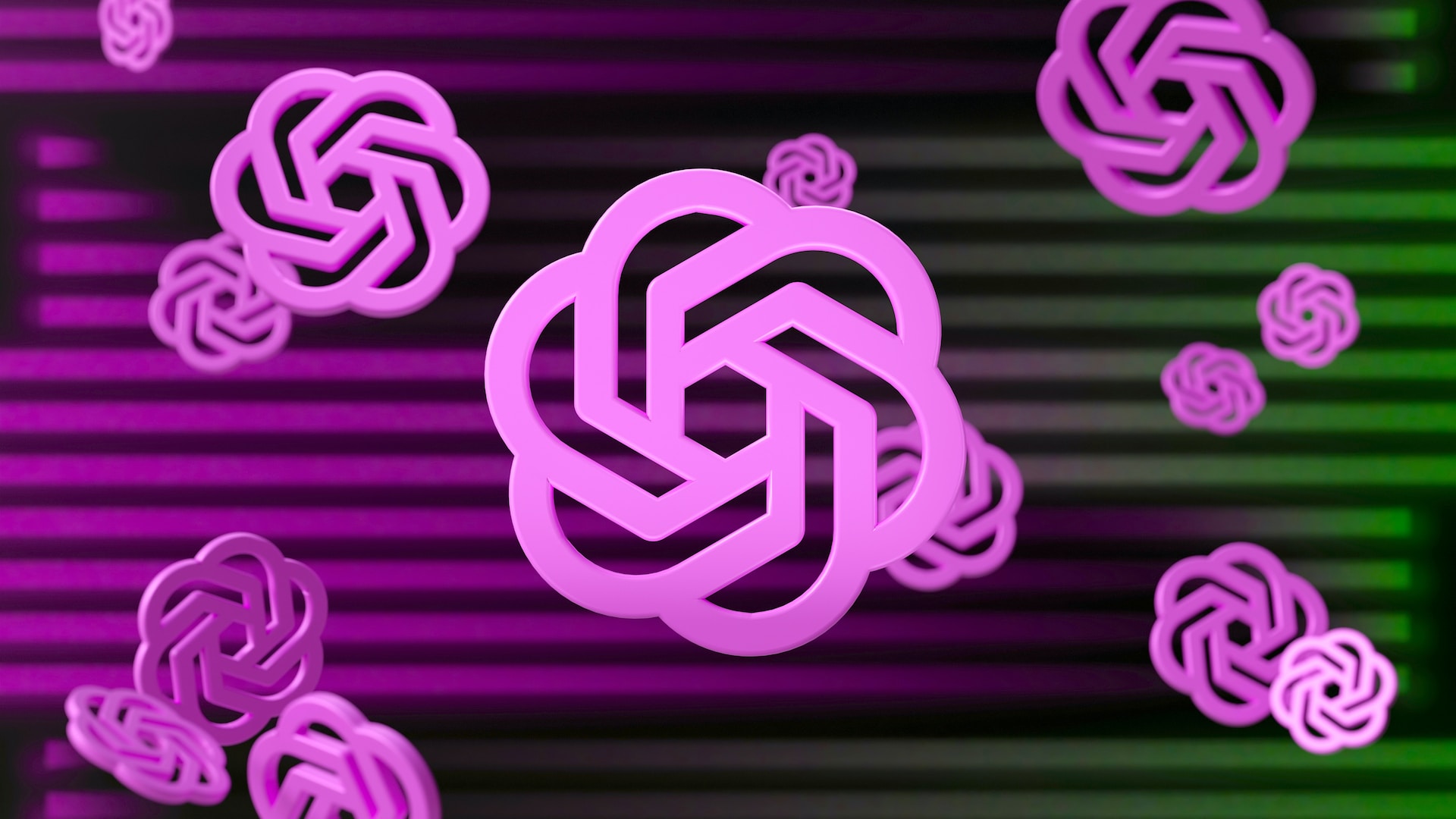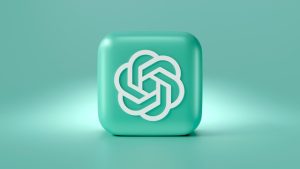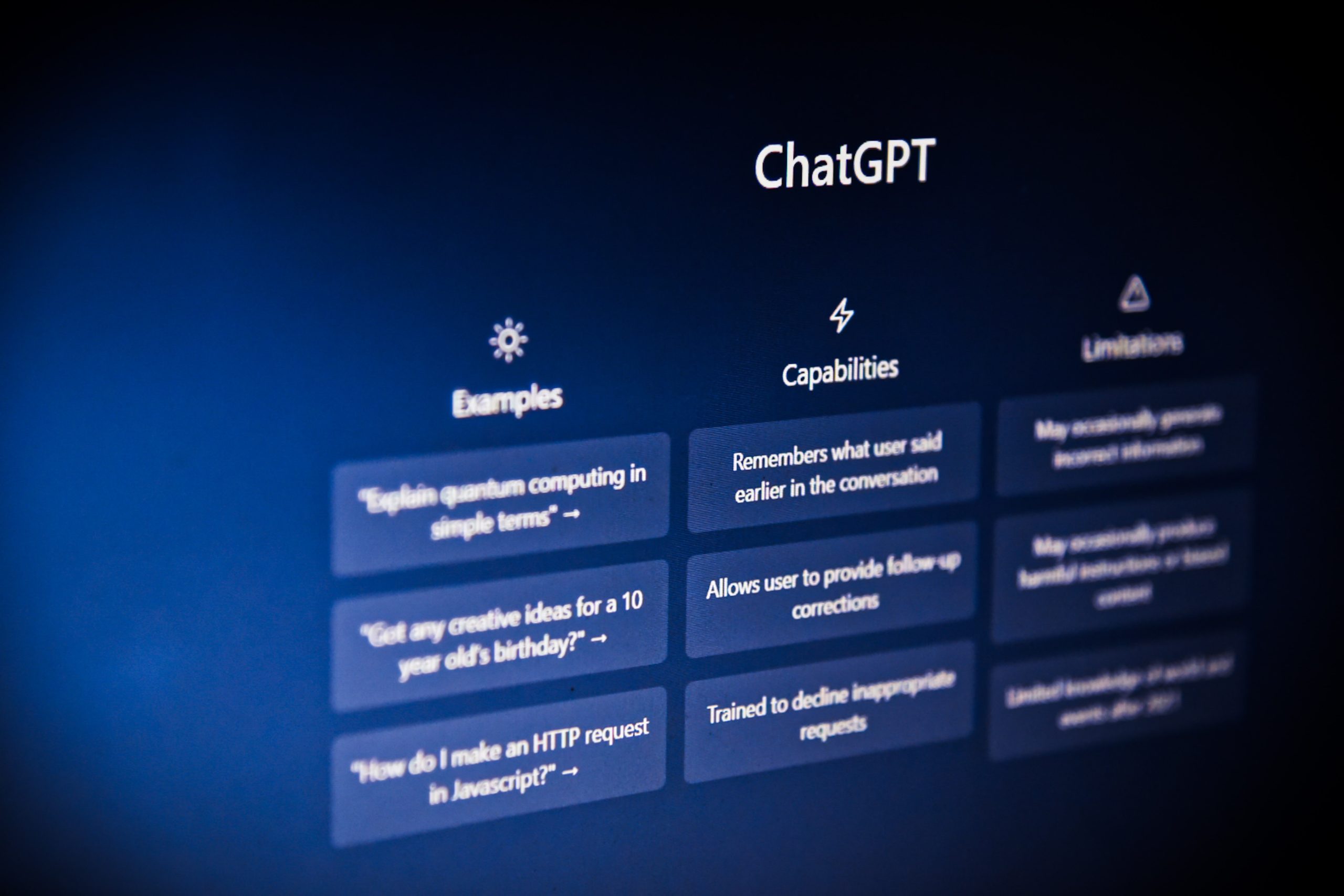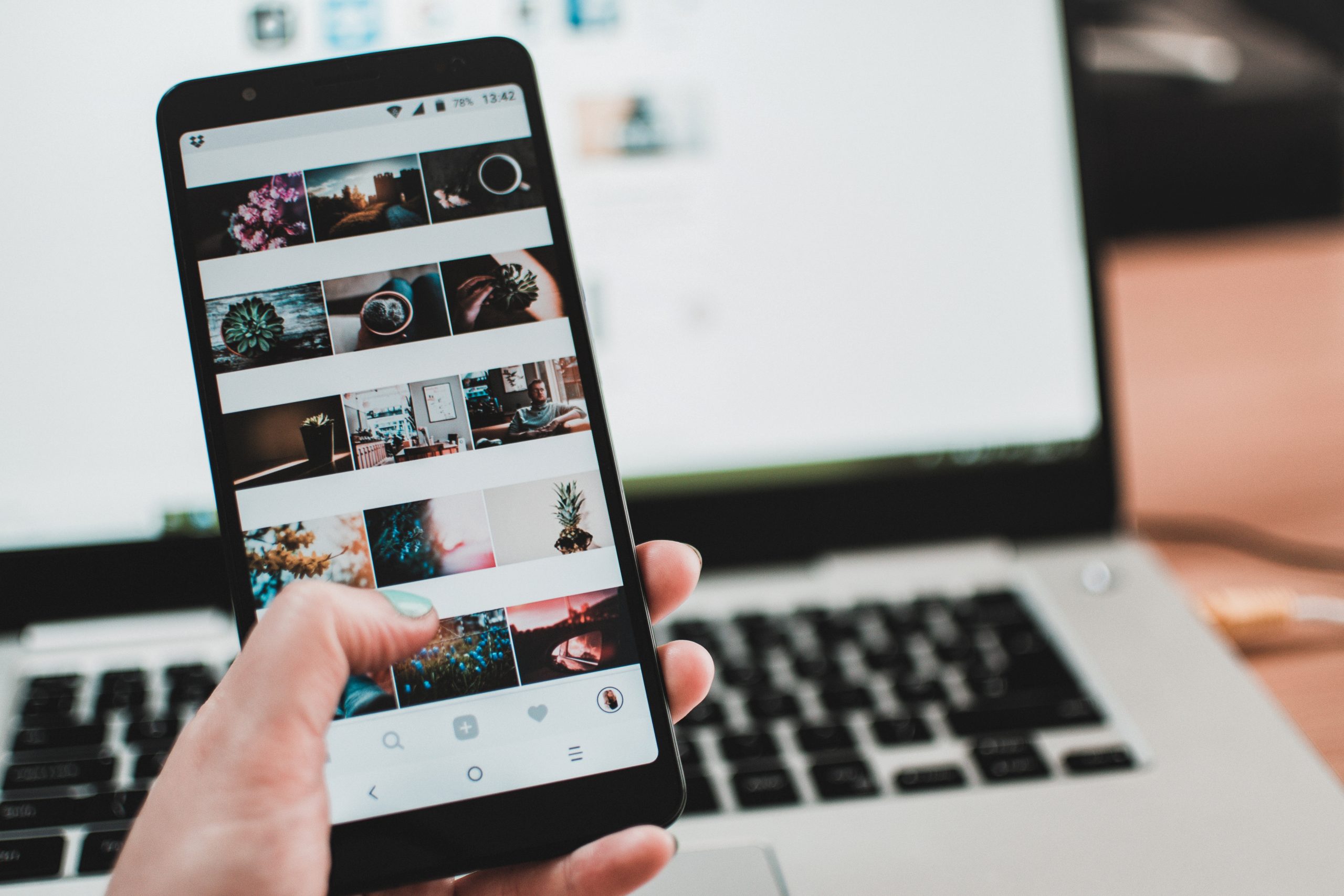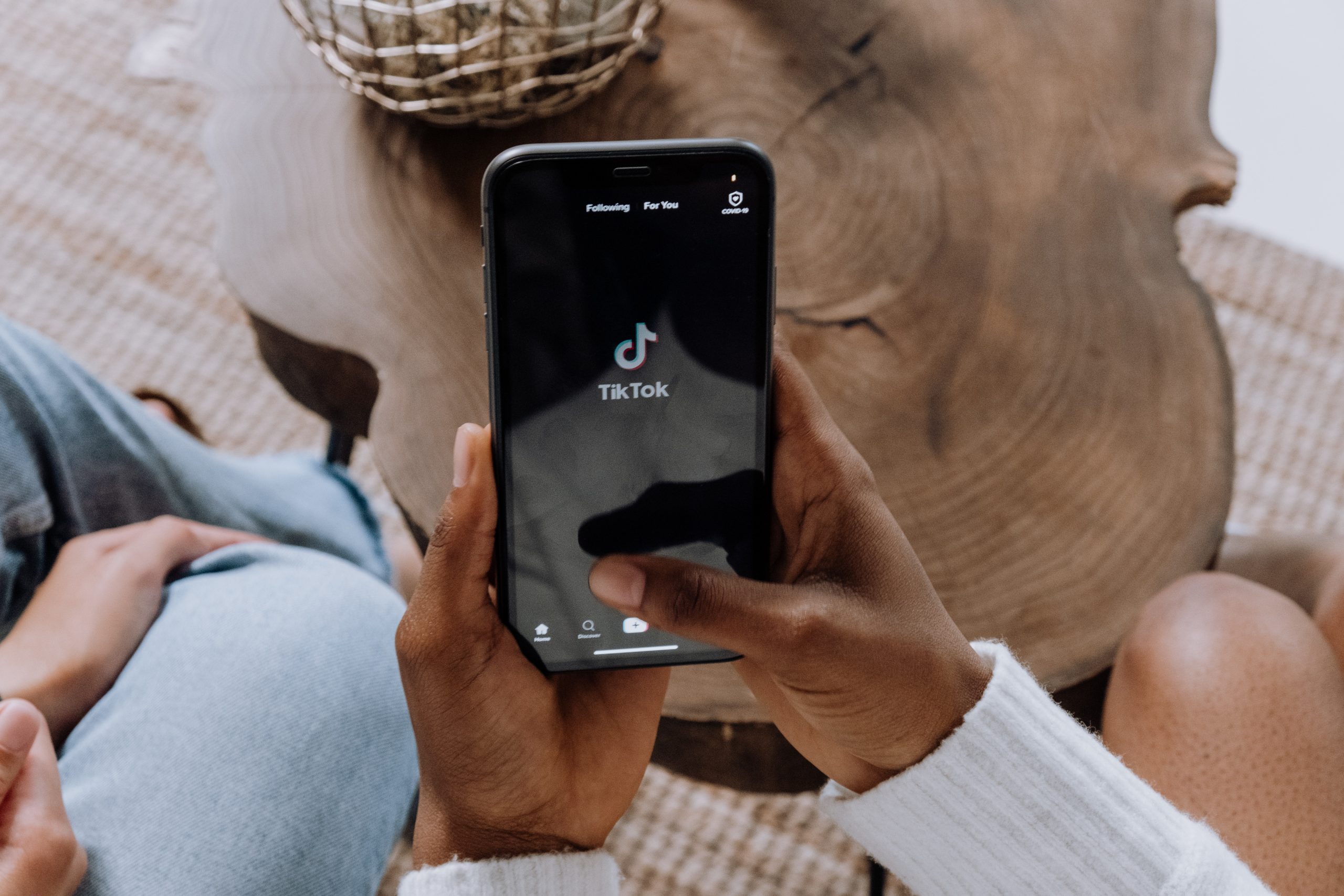Introduction: The Visual ChatGPT
In the ever-evolving landscape of artificial intelligence, ChatGPT is rewriting the rules by seamlessly blending the worlds of text and imagery. In this article, we embark on a journey to witness the emergence of the Visual ChatGPT—a powerful AI that blurs the lines between textual and visual communication. We’ll delve into the underlying technology, explore its real-world applications, and navigate the ethical considerations that come with this groundbreaking fusion.
The Emergence of the Visual ChatGPT
ChatGPT’s journey into becoming a visual storyteller marks a pivotal moment in AI history. While it has long been celebrated for its text-based conversational abilities, the Visual ChatGPT transcends these boundaries, opening up a world of creative possibilities where words and images harmoniously coexist.
Unveiling the Technology Behind the Fusion
Understanding the technology that underpins the Visual ChatGPT’s fusion of text and imagery is essential to appreciating its capabilities. At its core, this fusion is achieved through a combination of natural language processing (NLP) and computer vision technologies.
Natural Language Processing (NLP): ChatGPT employs its NLP capabilities to understand, generate, and respond to text-based communication. It excels at comprehending context, semantics, and sentiment, ensuring that its textual output is not only accurate but also contextually relevant.
Computer Vision: On the visual front, ChatGPT leverages computer vision algorithms to interpret, generate, and contextualize images. It can take textual descriptions and translate them into visual representations, creating a seamless blend of text and imagery.
The fusion of these technologies is made possible by advanced neural networks and deep learning models. These models have undergone extensive training on diverse datasets encompassing both text and images, allowing ChatGPT to navigate the intricate balance between these two modalities effectively.
Table: The Visual ChatGPT’s Fusion of Text and Imagery
| Aspect | Description |
|---|---|
| Introduction | ChatGPT’s evolution into a visual storyteller |
| Heading 1 | Significance of merging text and imagery |
| Heading 2 | Explanation of the technology enabling the fusion |
| Heading 3 | Real-world applications and impact of text and imagery fusion |
| Heading 4 | Ethical considerations and responsible usage |
| Conclusion | Recap of ChatGPT’s transformative journey in text and imagery fusion |
This table offers a clear and visual summary of the key sections in the article, facilitating readers’ navigation and comprehension.
Real-World Applications and Impact
The fusion of text and imagery in the Visual ChatGPT opens up a myriad of real-world applications that elevate communication, creativity, and problem-solving.
- Marketing and Advertising: ChatGPT’s ability to create cohesive and engaging campaigns that combine persuasive text with visually captivating images is a game-changer for marketers.
- Content Creation: Content creators benefit from ChatGPT’s prowess in generating articles, blog posts, or social media content that is not only informative but also visually appealing.
- Education: In the educational sphere, ChatGPT aids in producing learning materials that integrate text and images seamlessly, enhancing the learning experience.
- Data Visualization: Complex data can be made more accessible through ChatGPT’s ability to generate informative visuals alongside explanatory text.
- Design and Creative Arts: The Visual ChatGPT serves as a creative partner for designers, helping them visualize concepts and bring artistic ideas to life.
- Customer Support: Chatbots equipped with the ability to provide visual guides or troubleshooting instructions enhance user support across various industries.
Photo by Mariia Shalabaieva on Unsplash
Ethical Considerations and Responsible Usage
While the fusion of text and imagery in AI communication offers immense potential, it also brings ethical considerations and challenges to the forefront.
- Misinformation: The power to combine text and imagery can amplify the potential for creating deceptive content. Ethical guidelines and responsible usage are crucial to prevent the dissemination of misinformation.
- Data Privacy: Handling images may involve sensitive data. Stringent data privacy measures must be in place to protect individuals’ information.
- Intellectual Property: Determining ownership and copyright of generated content can be complex, demanding clear guidelines and legal frameworks.
- Bias and Fairness: Efforts must be made to ensure that the generated content is free from biases present in training data. AI models should be designed to promote fairness and inclusivity.
Conclusion
In conclusion, the emergence of the Visual ChatGPT signifies a remarkable milestone in the realm of artificial intelligence. As it seamlessly blends text and imagery, it reshapes how we communicate, create, and share information.
While the possibilities are vast, ethical considerations and responsible usage remain paramount. As we embrace the transformative power of the Visual ChatGPT, we must do so with a commitment to transparency, fairness, and ethical guidelines, ensuring that this groundbreaking fusion benefits society as a whole.






